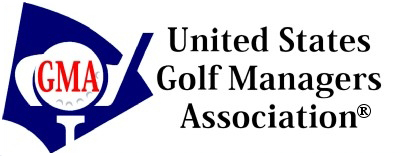Where I Think Golf Is Off-Base
There is no question that the distance people are now hitting the golf ball has altered the way many of our early golf courses were intended to be played. Courses are now toughened up by narrowing fairways, adding forced carries, or growing rough that only people with blacksmith forearms can hack through. If a person can hit the ball 30 more yards, they should be rewarded for the effort. Instead, oftentimes the greens committee or tournament setup group decides to eliminate the bold play by adding some hazard to prevent even the thought of giving it a go.
Golf seems to be the only sport that reacts to innovation by eliminating the excitement that it was intended to create. When tennis got bigger and lighter rackets, creating more powerful serves, they did not make the court larger. During the steroid era when home runs were on the rise, they didn’t move the fences back farther. Golf should have taken notice.
Forcing a person to play a hole one way is boring, especially for tour golf. People want to see risk. It’s why Phil Mickelson is so popular, as was Arnold Palmer and Walter Hagen, and now Bubba Watson. Golf used to be all about risk and reward. If it becomes a game where there is no incentive to try anything different, then it risks its players becoming bored with the game without even knowing why.





